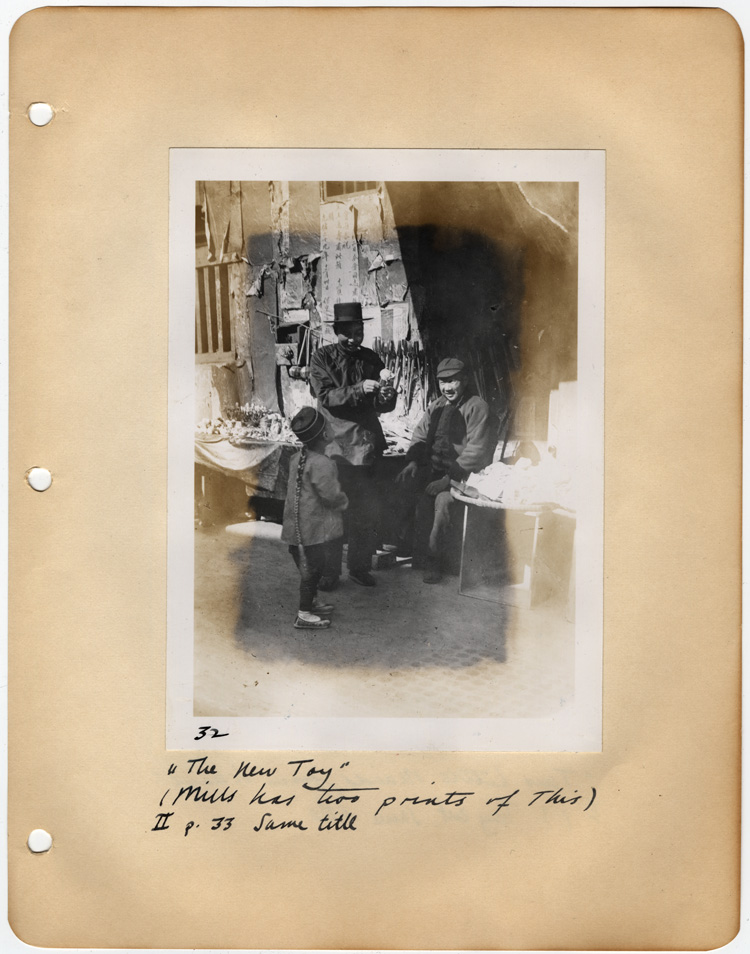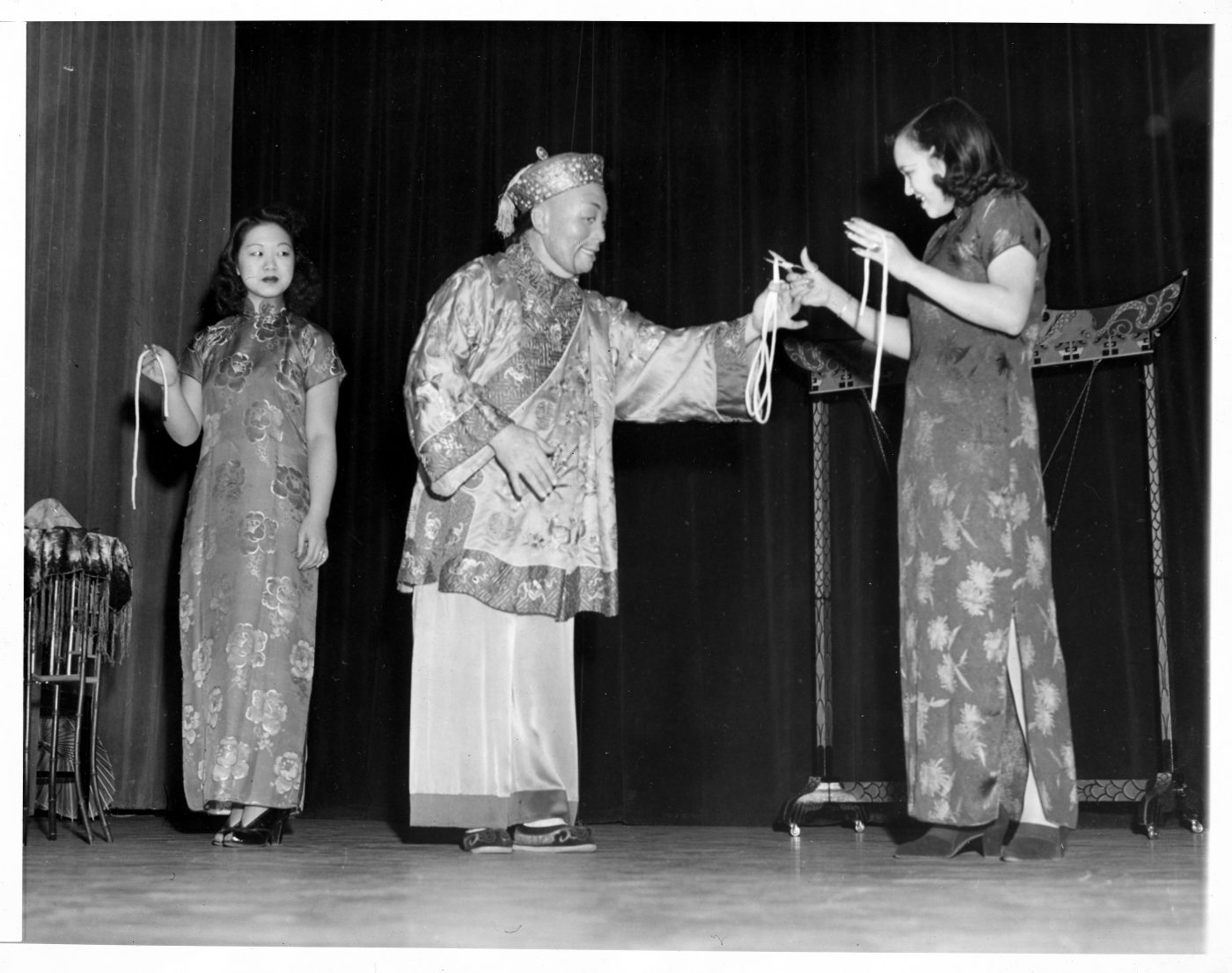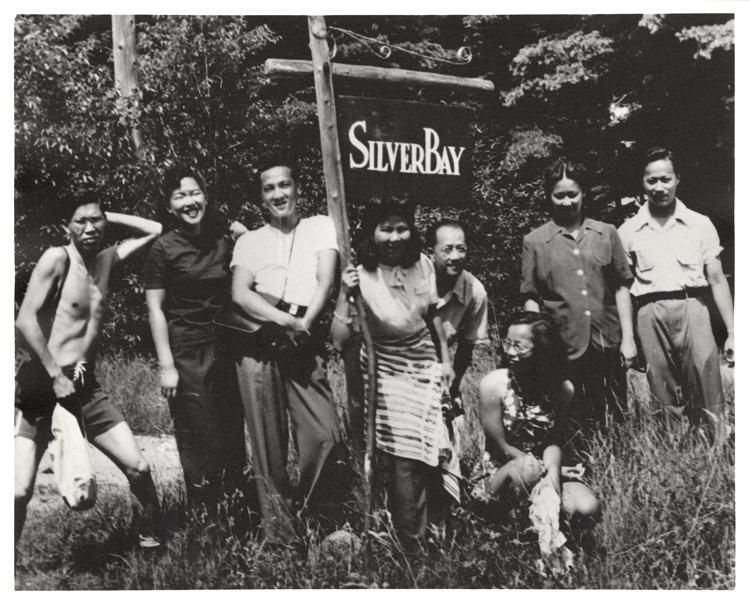In 1895, a young German intellectual by the name of Arnold Genthe arrived in San Francisco and became fascinated by the city’s Chinatown, then called “Tangrenbu” (Port of the People of Tang). He produced around 200 images of Chinatown before going onto a career as a highly successful portrait photographer. Genthe’s photographs remain a rare collection that captures the rich street life of Old Chinatown before it was leveled by the 1906 San Francisco earthquake.
But his process of emphasis and omission proved highly problematic. While Genthe claimed insider status, his contact extended to tourist hot spots and he often hid to capture suspicious residents with his “candid camera.” He intentionally mislabeled certain images to make their content more palatable to his white patrons; for example one of vendors selling offal on a street cart was titled “The Fish Monger.” While Chinatown’s residents were predominantly male, two-thirds of his photographs depict children (who were easier to photograph and more appealing to his patrons), and over half of his images depict residents in ornate holiday dress as if they were daily clothing. Most shockingly, Genthe severely cropped and retouched his images, often scratching out English signs and white passersby, to communicate a more exotic representation of Chinatown. In all their detail and inauthenticity, Genthe’s photographs provide us a glimpse into the richness of the lost neighborhood and the stereotypes of the period.


